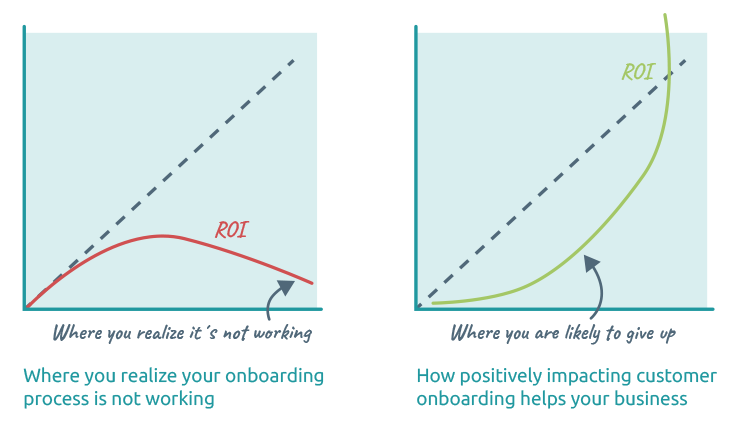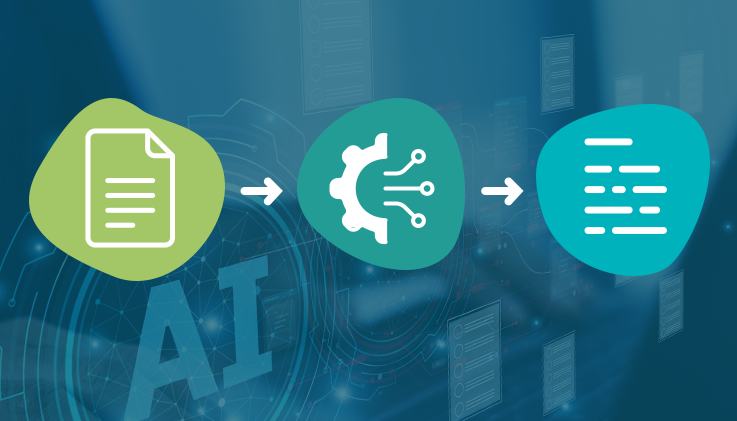For many businesses, especially those that generate revenue through subscriptions, customer onboarding is a task they pay a lot of attention to. This process is gaining popularity and importance on par with customer experience (CX). It is a critical step in the customer journey and a key element in making your customer’s experience value-driven and delightful. In this blog, we will see how to optimize your customer onboarding and make it a memorable experience for your clients.
All our customers, regardless of the type of business, are consumers. Interestingly enough, the situation is such that certain brands are teaching (and offering) customers what good service is like, and now it has become the expectation (and hope) of every customer that they will get a similar experience from any type of business.
Also read: How To Ensure Complete Customer Success With Customer Education
Understanding customer onboarding in detail
What is the starting point of offering a stellar experience to customers? A fantastic client-centric, value-driven, and growth-oriented journey begins with customer onboarding. Customer onboarding is akin to giving your clients a warm welcome when they choose to do business with your brand. This process begins after you complete generating your leads and before you start working with your new client.
Customer onboarding is a process that happens in all industries. Be it finance, IT, logistics, insurance, real estate, or law—client onboarding is a must. Let us look at this process in more detail.
When a customer finalizes a brand or seller and opts to sign up/subscribe/purchase, they are onboarded. A solid client onboarding process is a prerequisite to a straightforward and satisfying working relationship. As exciting as this may sound, customer onboarding is not easy.
During the onboarding process, the customer has to complete specific tasks like filling out forms, submitting documentation, sharing verifiable information, and whatnot.
How do you think the customer will go about it? Remember, your customers have full-time jobs and countless other priorities to manage. So, if there are obstacles in your customer onboarding process, they are more likely to drop you and move on to other brands.
So how can you reinvent your client onboarding process? Worry not; the ThinkOwl team is here to help you. Here are seven tips to optimize your customer onboarding plan.
1. Start your plan with steps already completed
Seeing progress motivates action and builds momentum for your clients and customer support teams. Help your customers by keeping the initial onboarding questions and forms easy to comprehend and fill out.
If the customer is about to sign up for a free trial, encourage them to do so by showing them the benefits of your product or service they will get and making them understand how your brand can help them solve their existing issues/problems quickly and easily.
If the customer successfully completes the trial period, encourage them to become full-time subscribers by showing them the benefits they will receive once they sign up.
2. Show how the plan is connected to customer goals
Customers sign up to solve a problem. You should frame their onboarding as an effort and an investment. Respect the time they have invested in researching your brand, and congratulate them for selecting the best partner to solve their issues. Remember to thank them for choosing your brand.
Once you are done with the pleasantries, explain to them how your product/service fits their requirement and explain it to them in detail. Remember to explain to them that you have understood their difficulties and make them understand how your brand fits the gap they may be facing in their business.
A detailed explanation of how your product/service exactly fulfills their requirements and can help their business is imperative. Your brand has to not only fulfill your client’s needs but also help them achieve their future goals. When you provide a long-term strategy to help your clients achieve their goals and excel in their business, they will be more than happy to onboard as your customers.
3. Identify and assign an owner for each task
Tasks without an owner get left behind because no one makes them a priority. When you assign onboarding partners for your clients, they feel motivated to complete the mandatory procedures required for onboarding. In addition, they can seek help should they face any difficulty during the process.
Also, an onboarding partner can help clients who have left the signing-up process halfway through. The onboarding partner can inquire about what is wrong and follow up to ensure the client signs up as a subscriber to your brand. In addition, they can help with all customer queries regarding the product, its features, and pricing and ensure your client gets the best deal.
The onboarding partner is the point person for all potential customer inquiries and helps them transition successfully into your clients.
4. Add context to enable task completion
Nobody likes to wander in the dark. When potential customers look at your brand for solutions, your customer onboarding team members must help them. Asking potential customers to complete the signing-up process by themselves can be considered downright rude by some.
Not to mention, unclear guidelines or instructions with no context can confuse people and unnecessarily complicate a hitherto simple process. So, what do you do? Include clear helper text, appropriate documentation, or a how-to video for complex tasks.
5. Agree and set due dates for the completion of each task
Due dates encourage prioritization of tasks. Request onboarding clients to abide by deadlines. Agree to realistic dates and be explicit about the impact on targets. Being time-bound helps both product/service providers and customers.
6. Break complex tasks into smaller steps
Long instructions or to-do lists can overwhelm potential clients and discourage them from signing up for your product or service. Set easily achievable goals and deadlines and encourage your potential customers to abide by them. Build momentum by splitting tasks into the smallest units that can be completed independently.
7. Show status and progress towards the goal
Create a customer journey map, making it clear to your customers where in the plan they are today. This will make it easy for everybody to understand if the onboarding plan is on track.
In a nutshell, customer onboarding is a mandatory process that helps you set practically achievable goals for your client and your brand. The process helps you understand what your customer needs and helps you meet their expectations without any hassle. A warm customer onboarding helps your business grow and improves your brand image.
Also read: 15 Customer Service Traps That Derail Growth
Addressing the pitfalls of client onboarding
Now that we have explained how to onboard your customers quickly and easily, besides making the onboarding process enjoyable for your clients, let us discuss a few pitfalls that may arise during customer onboarding and how to solve them.
Have you ever thought about why a customer’s onboarding process is not nearing completion and wondered whether a potential client had ghosted you? Next time you are stuck waiting for a customer to complete an onboarding task, you should put yourself in your customer's shoes and start looking for reasons why this task would not be completed.
Start by determining whether the onboarding activity was presented without context. For example, if there is no time-bound defined instruction for your customer to complete the onboarding activity, there are chances the activity will never get completed.
Here is a list of five potential reasons that may derail your client onboarding process:
- There is no clarity on who should complete the onboarding tasks and formalities.
- There is no clear indication of when the onboarding process has to be completed, or you set no clear deadlines.
- There is no clarity around why this task is essential.
- There is confusion about how to complete the onboarding formalities.
- Your potential clients need clarification about what needs to be done to complete the onboarding process.

Once you are done addressing the five reasons mentioned above why client onboarding fails, you will be better equipped to transform potential customers into full-time subscribers. Irrespective of the size and type of your business, you have to look at the tiny details. Everything counts when it comes to driving action and helping your customers to reduce their time to value.
Your sales and client onboarding teams must ask themselves if they can handle common objections and queries of potential customers. For example, is the client onboarding plan goal-oriented? Is there a plan for demanding customers or customers with emergency requirements?
Try to create a mutual success plan with your customers that aligns everyone with the path to the value they signed up for. ThinkOwl makes your customer onboarding simple. Multichannel helpdesk software lets you plot your customer’s journey and lets you make corrections. But most importantly, it helps you provide your customers with a value-driven impact. So, stay prepared for the new year with ThinkOwl. Sign up now for a 30-day free trial.













